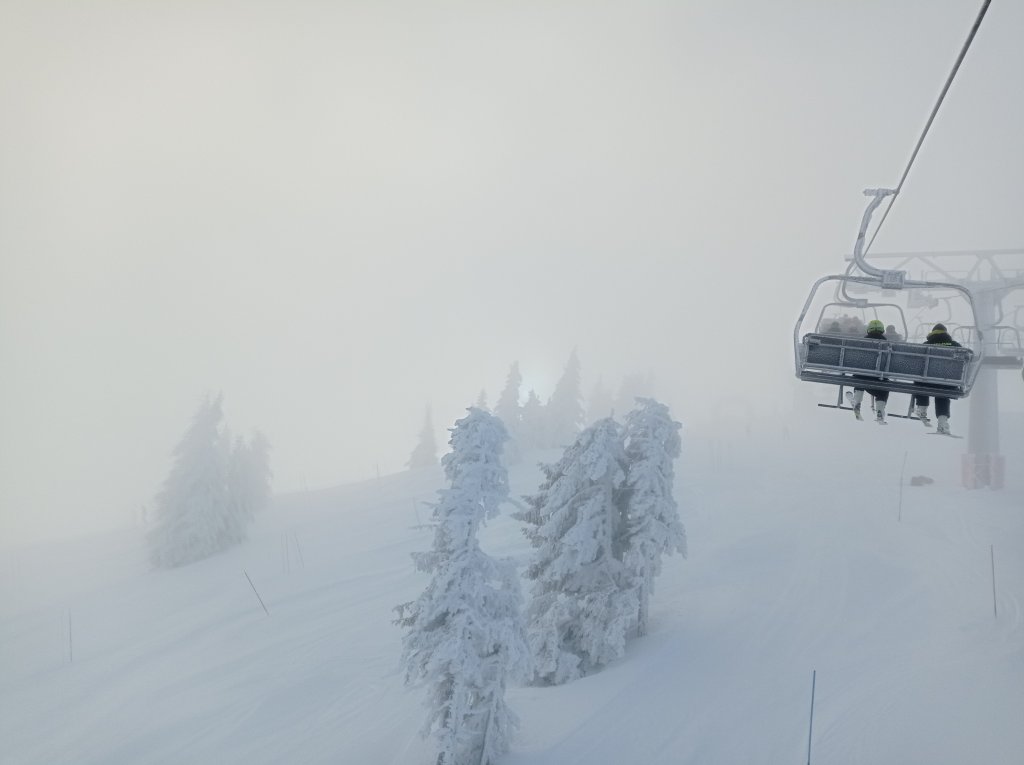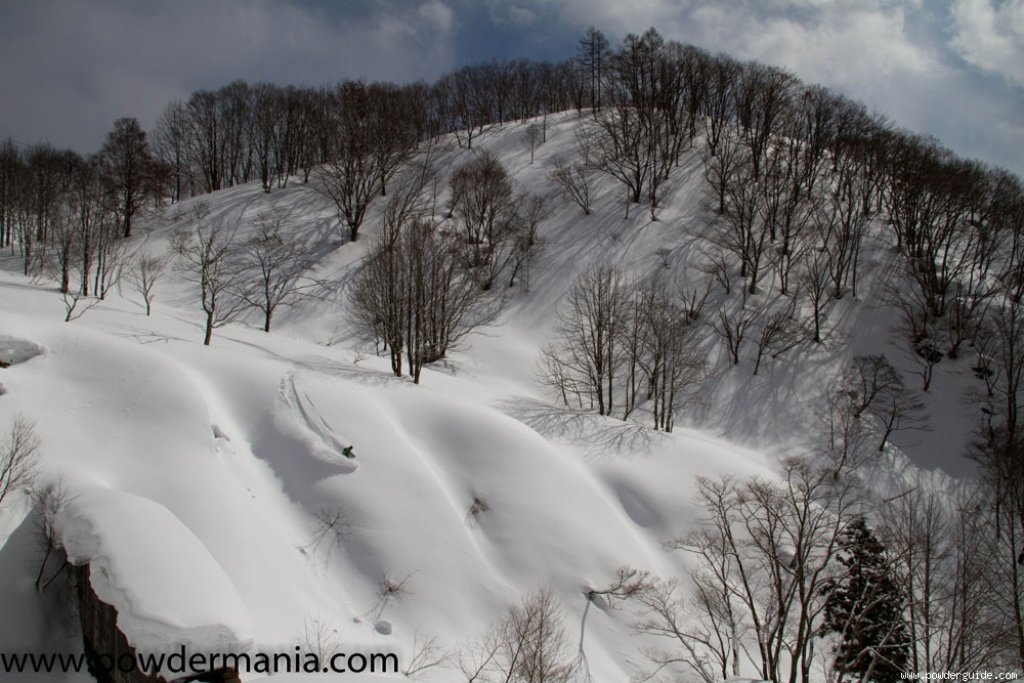The visa
Like New Zealand, Australia and Canada, Japan also issues work & travel visas every year. The advantage of such a visa is that you can stay in the country for longer, usually one year, and that you have a working permit. This is not only practical because it saves you money when travelling, but also opens the doors to the everyday life of the people there. You get to know everyday life, the people and the places in a much deeper way when you become part of society, even if only temporarily. In Japan, unlike in other countries, the visa is free, but it requires a little more commitment. It is not enough just to fill in a form. You also have to think about what you actually intend to do, as you have to submit both a letter of motivation and a travel plan to the embassy.
It is therefore advisable to think about the trip in advance instead of just flying off into the blue. I read through travel reports, searched my private network for people who had already been there and could give me tips, and then thought about what was important to me. I quickly came to the conclusion that snow, food and nature were my top priorities. Of course I also want to go to Tokyo and Kyoto, visit Gion, the geisha quarter, and immerse myself in Japanese culture! But I'm more passionate about nature than big cities and therefore favour a route through the countryside and into the mountains.
You can only apply for a visa for Japan at a Japanese embassy. To apply for a visa, you have to be at least eighteen and at most thirty (30 = up to the age of thirty) years old. I am twenty-eight and in my case the embassy was in Munich. The ladies and gentlemen there seem very serious, when you enter you go through a security check and feel a little watched. They don't talk much and everything is done strictly according to instructions. When it is your turn and you are called, the lady at the counter is very friendly and helpful. However, it is advisable to have all your documents together, allow enough time and be there on time (it was a really tight schedule for us).
Please bring along:
Passport
Passport photo
CV
Visa Application Form
Letter of motivation for Japan -> This should be about 1 page long and in English or Japanese. The purpose is to introduce yourself, say who you are, why you want to go to Japan, why you are applying for the working visa instead of the tourist visa and what you hope to gain from your time in Japan. You can find templates for this on the Internet.
The planned itinerary and planned areas of work - Here you should think about a well thought-out route and, in line with this, which jobs in the various places are suitable for you. I, for example, started with the North Island and referred to jobs in the winter sports industry there and then let my route run south from spring onwards, where I want to apply for jobs at national parks.
Proof of insurance and finances
A confirmation of international health insurance for the entire period, as well as a bank statement with 3,000 euros in your own account
.
Everything in English, of course! Incidentally, people who have already travelled to Japan have told me that the final itinerary has nothing to do with the documents submitted and is more of a formality... But I will update you on this when the time comes.
And then it's time to wait: Will the visa be approved, top or flop? In our case, the response was positive and our planning could continue! I haven't heard anything about a rejection yet, but I suppose that can happen if documents are missing.




